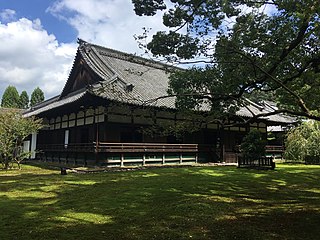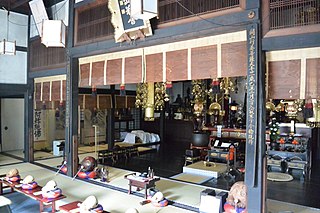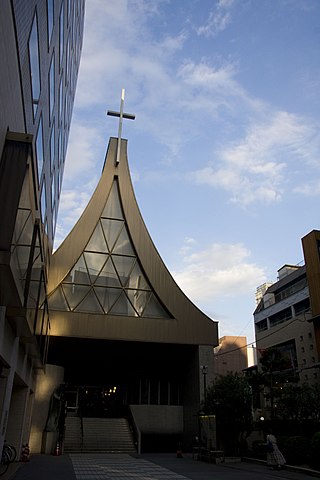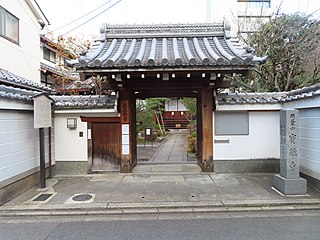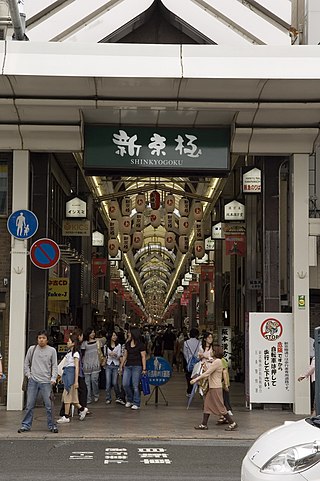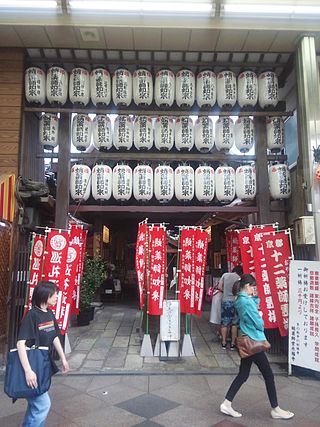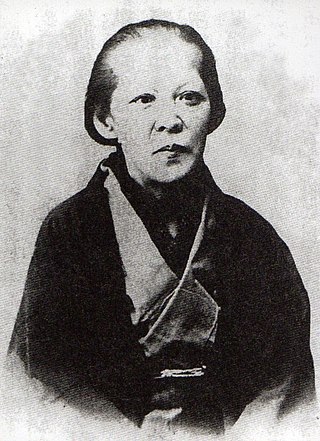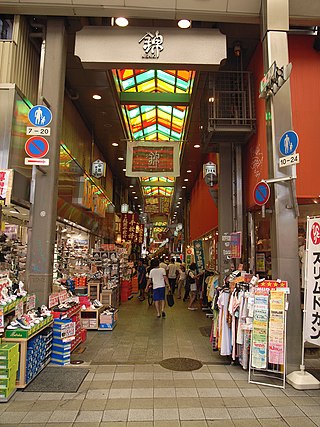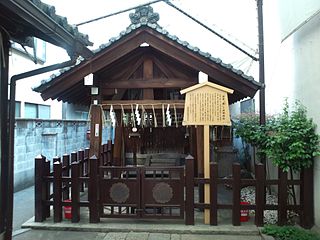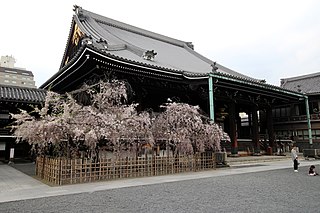Self-guided Sightseeing Tour #8 in Kyoto, Japan
Legend
Guided Free Walking Tours
Book free guided walking tours in Kyoto.
Guided Sightseeing Tours
Book guided sightseeing tours and activities in Kyoto.
Tour Facts
5.5 km
108 m
Experience Kyoto in Japan in a whole new way with our free self-guided sightseeing tour. This site not only offers you practical information and insider tips, but also a rich variety of activities and sights you shouldn't miss. Whether you love art and culture, want to explore historical sites or simply want to experience the vibrant atmosphere of a lively city - you'll find everything you need for your personal adventure here.
Activities in KyotoIndividual Sights in KyotoSight 1: Chion-in
Chion-in Higashiyama-ku, Kyoto, Japan is the headquarters of the Jōdo-shū founded by Hōnen (1133–1212), who proclaimed that sentient beings are reborn in Amida Buddha's Western Paradise by reciting the nembutsu, Amida Buddha's name.
Sight 2: Shoren-in Temple
Shōren-in (青蓮院) is a Buddhist temple in Kyoto, Japan.
Sight 3: 一切経山 金剛寺
Kongōji is a Jōdo sect temple located in Goken-cho, Higashiyama Ward, Kyoto City. The head temple is Chion-in. The mountain name is Issaikyōzan. It originated from the Amida Hall opened by Gyōki in the Issaikyō Valley of Higashi-Iwakura Mountain during the Tenpyo period. The principal image is Amida Nyorai.
Sight 4: taishougun shrine
Taishogun Shrine is a shrine located in Higashiyama Ward, Kyoto City, Kyoto Prefecture.
Sight 5: Kathredral of Saint Francis Xavier
The Cathedral of St. Francis Xavier, also called Kawaramachi Church, is a parish of the Roman Rite of the Catholic Church in the city of Kyoto, and cathedral of the Roman Catholic Diocese of Kyoto in Japan.
Sight 6: Honnō-ji temple
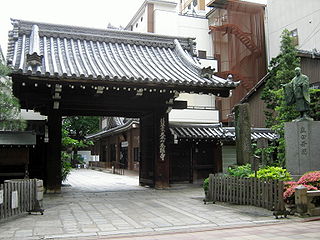
Honnō-ji (本能寺) is a temple of the Nichiren branch of Buddhism located in Kyoto, Japan.
Sight 7: 天性寺
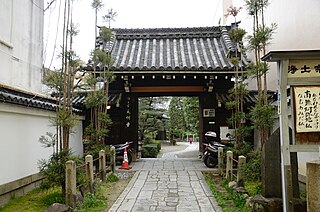
Tenshoji is a Jodo sect temple located in Nakagyo Ward, Kyoto City, Kyoto Prefecture. The main deity is Amida Nyorai.
Sight 8: GEAR Theater
GEAR is a Japanese long-run non-verbal theatre show that originates in Kyoto and incorporates elements of technology, skilled performance arts. It is the first long-run show with original content in Japan.
Sight 9: Seiganji
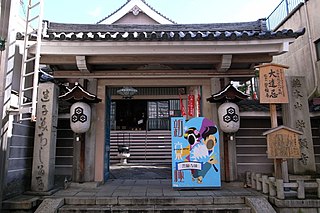
Seiganji is the head temple of the Jodo Shinshu Nishi Honganji sect located on Shinkyogoku Street in Nakagyo Ward, Kyoto. The mountain name is Fukakusa Mountain. The main object of worship is Amida Nyorai. In the main hall, the Eleven-faced Kannon, which is the 15th sacred site of the New Saigoku 33 Kannon Pilgrimage and the 2nd sacred site of the Rakuyo 33 Kannon Pilgrimage, is also enshrined.
Sight 10: 宝蔵寺
Hōzōji is a Jōdo-shū temple of the Nishiyama-Fukakusa sect located in Nakagyo-ku, Kyoto. The mountain name is Muryōzan, and the main deity is Amida Nyorai. It is a temple associated with Ito Jakuchū.
Sight 11: Shinkyogoku street
Shinkyōgoku Street is a shopping street that runs from north to south in the center of the city of Kyoto. The street extends for approximately 500 m from Sanjō Street on its northern end to Shijō Street on its southern end and it is located between Ura Teramachi Street and Teramachi Street.
Sight 12: 蛸薬師堂
Eifukuji Temple is a temple of the Nishiyama Fukakusa sect of the Jodo sect located in the Higashi-machi, Shinkyogoku Yakushi, Nakagyo-ku, Kyoto. The name of the mountain is Joruri Mountain. The honzon is Yakushi Nyorai (Octopus Yakushi). It is commonly known as Takoyakushido or Octopus Yakushido.
Sight 13: Narasaki Ryō
Narasaki Ryō was a Japanese woman and the wife of Sakamoto Ryōma, an architect of the Meiji Restoration. She is commonly called Oryō (お龍) in Japan. After the death of her first husband, she married the merchant Nishimura Matsubē and was renamed Nishimura Tsuru .
Sight 14: Nishiki Market
Nishiki Market is a marketplace in downtown Kyoto, located on the east end of Nishikikōji Street, one block north and parallel to Shijō Street and west of Teramachi Street . Rich with history and tradition, the market is renowned as the place to obtain many of Kyoto's famous foods and goods.
Sight 15: Shinmei-jinjya Shrine
Shinmei Shrine is a shrine in Shimogyo-ku, Kyoto City, Kyoto Prefecture. Amaterasu and Sugawara Michishinko are the deities. It is also known as Enoki Shinmei.
Sight 16: Bukkoji Temple
Bukkō-ji , also known as the "Temple of the Buddha's Light", was originally named Kōshō-ji, a Jōdo Shinshū temple in the Yamashina ward of Kyoto, which later moved to the heart of Kyoto. The temple was founded and officially opened by a disciple named Ryōgen in 1324, but by the 15th century, Bukkō-ji was the largest and most successful temple, and its network of branch temples extending throughout the provinces of western Japan. As a rival to the Hongan-ji, it received much criticism for its evangelical practices from Kakunyo the head of the Hongan-ji. Around 1481, however, Bukkō-ji became a subordinate temple to the Hongan-ji. Many of the Bukkō-ji's congregation thus became members of the Hongan-ji, thus greatly reducing the stature.
Share
How likely are you to recommend us?
Disclaimer Please be aware of your surroundings and do not enter private property. We are not liable for any damages that occur during the tours.
GPX-Download For navigation apps and GPS devices you can download the tour as a GPX file.

